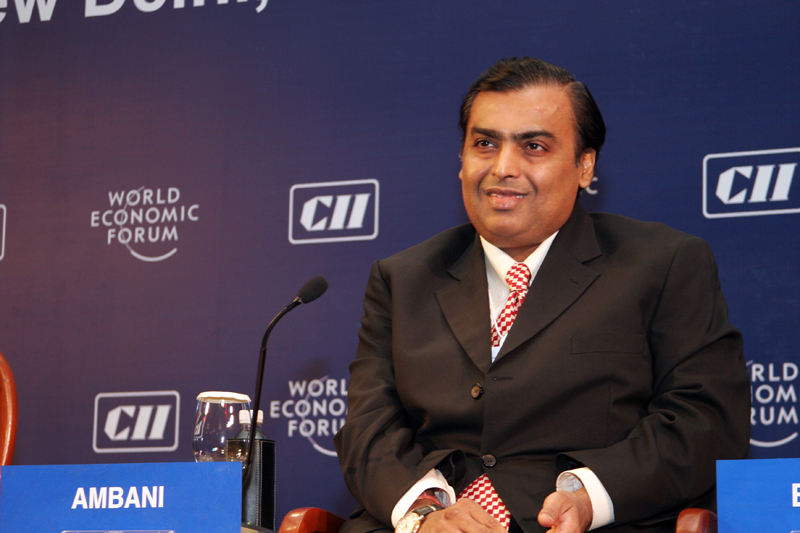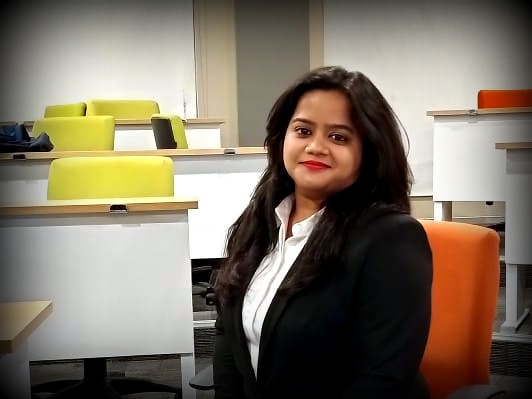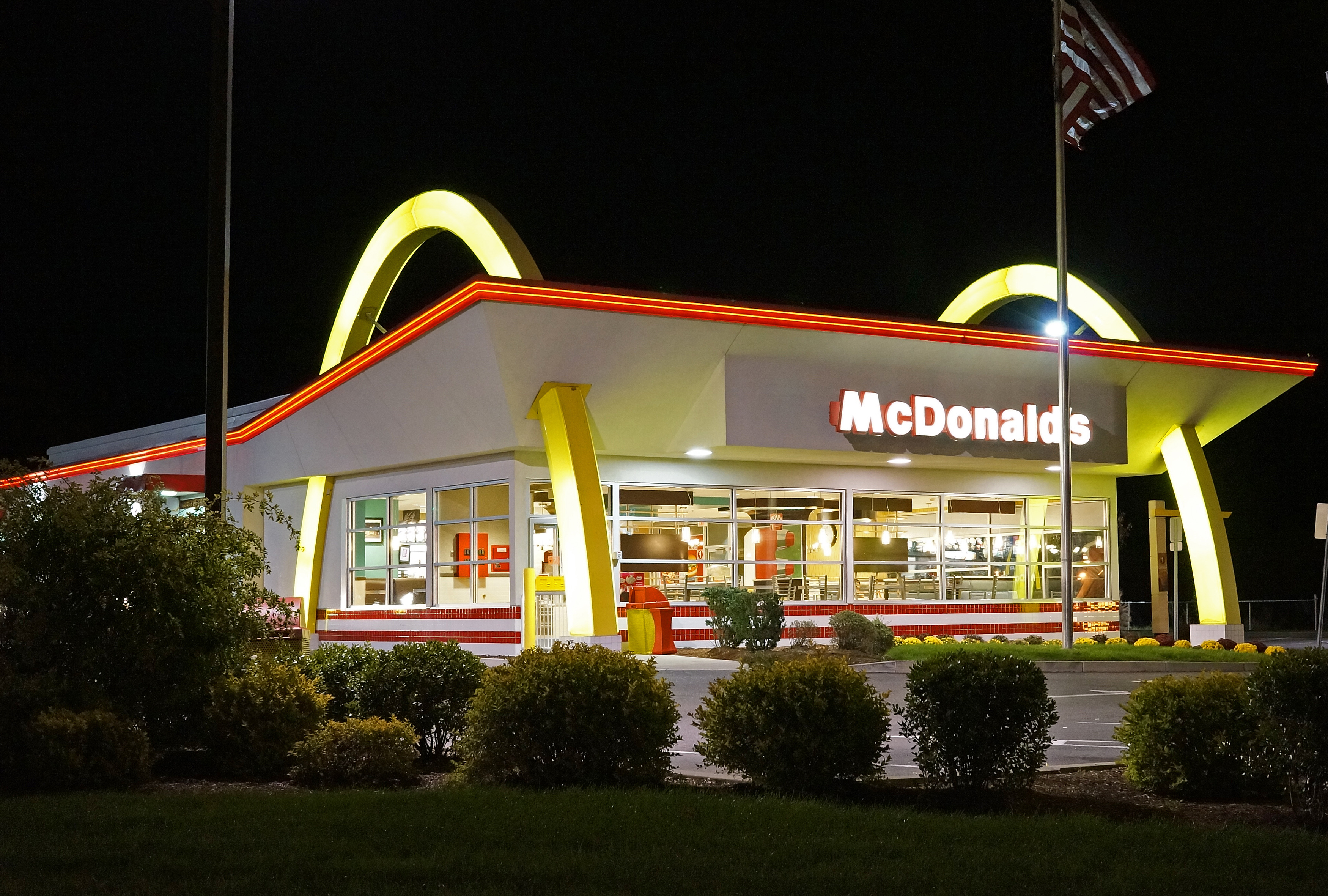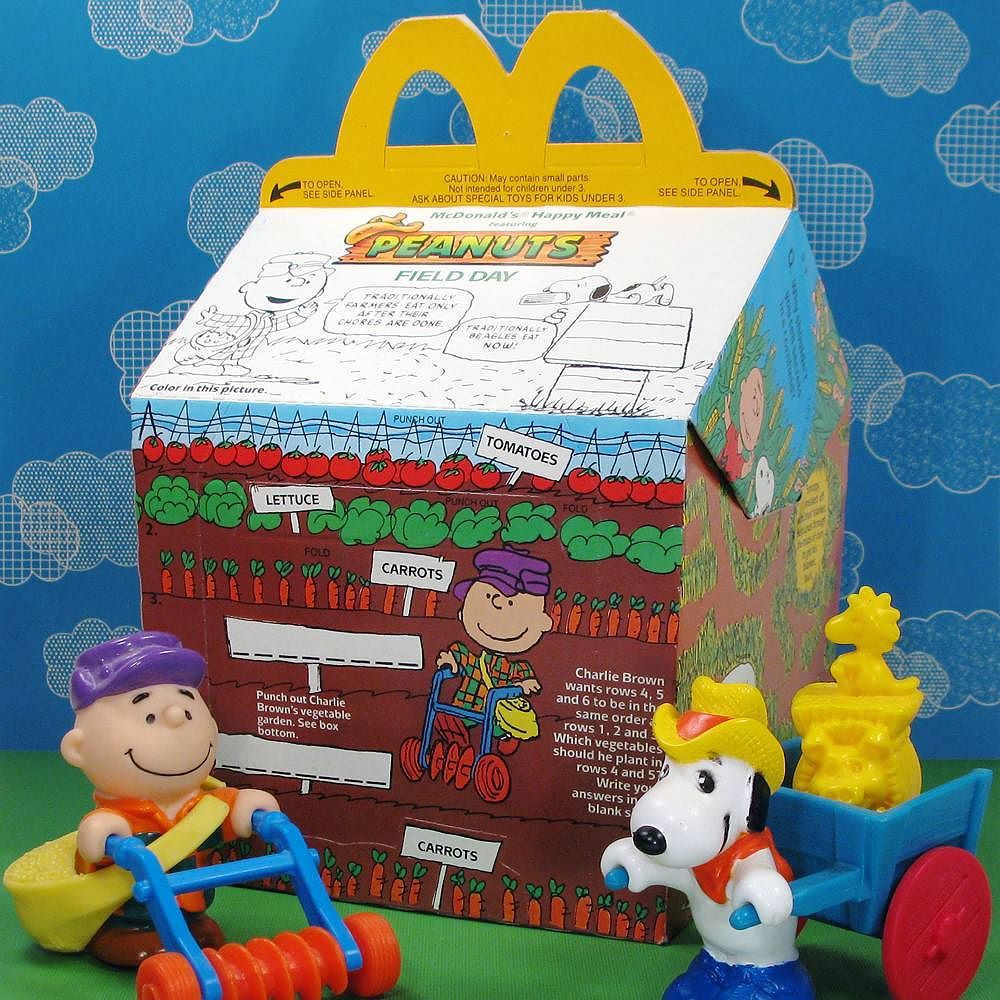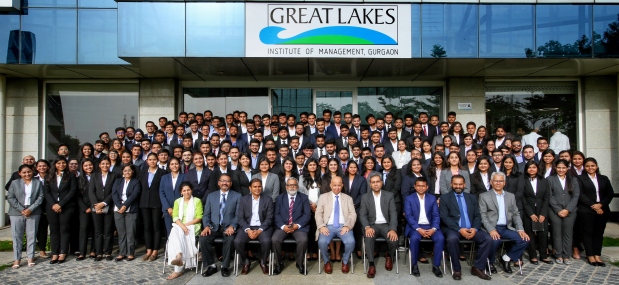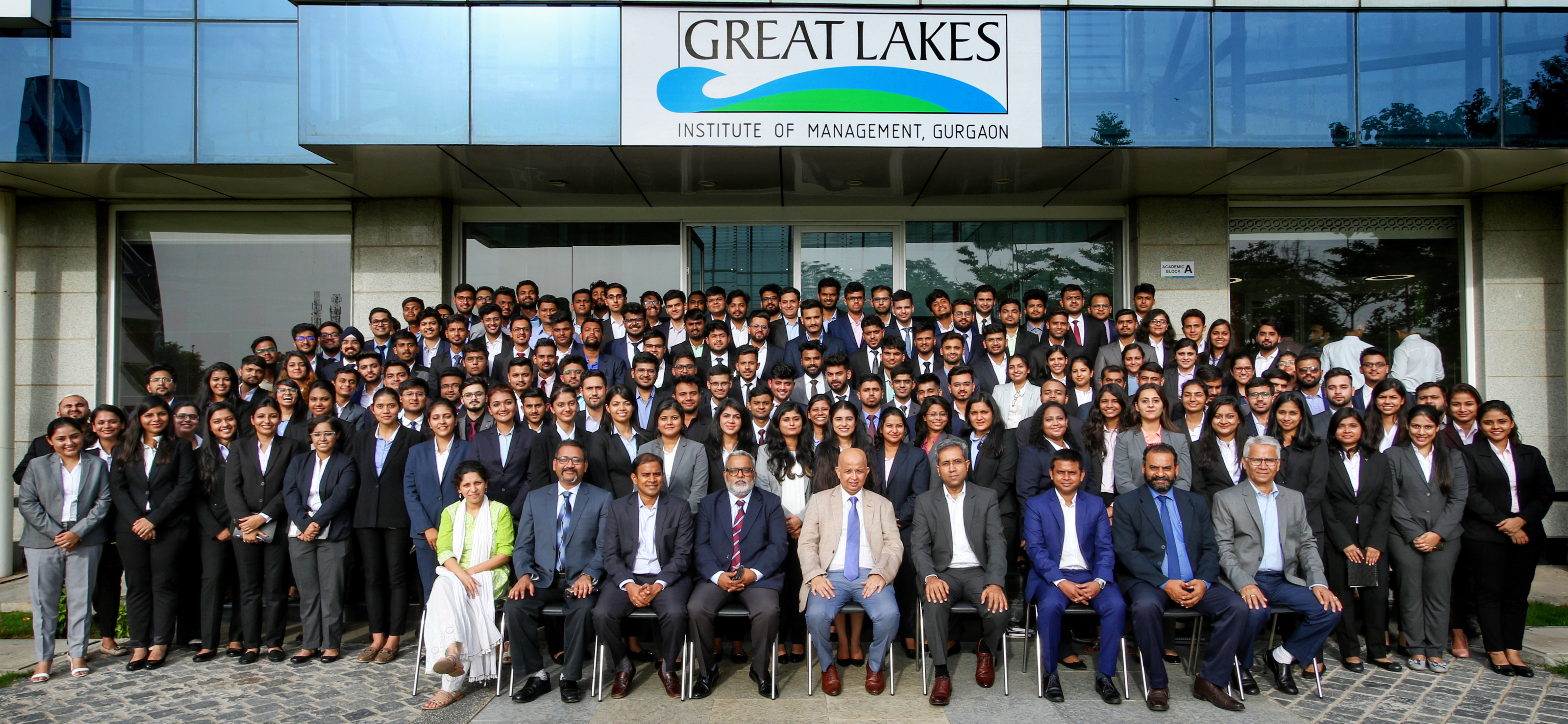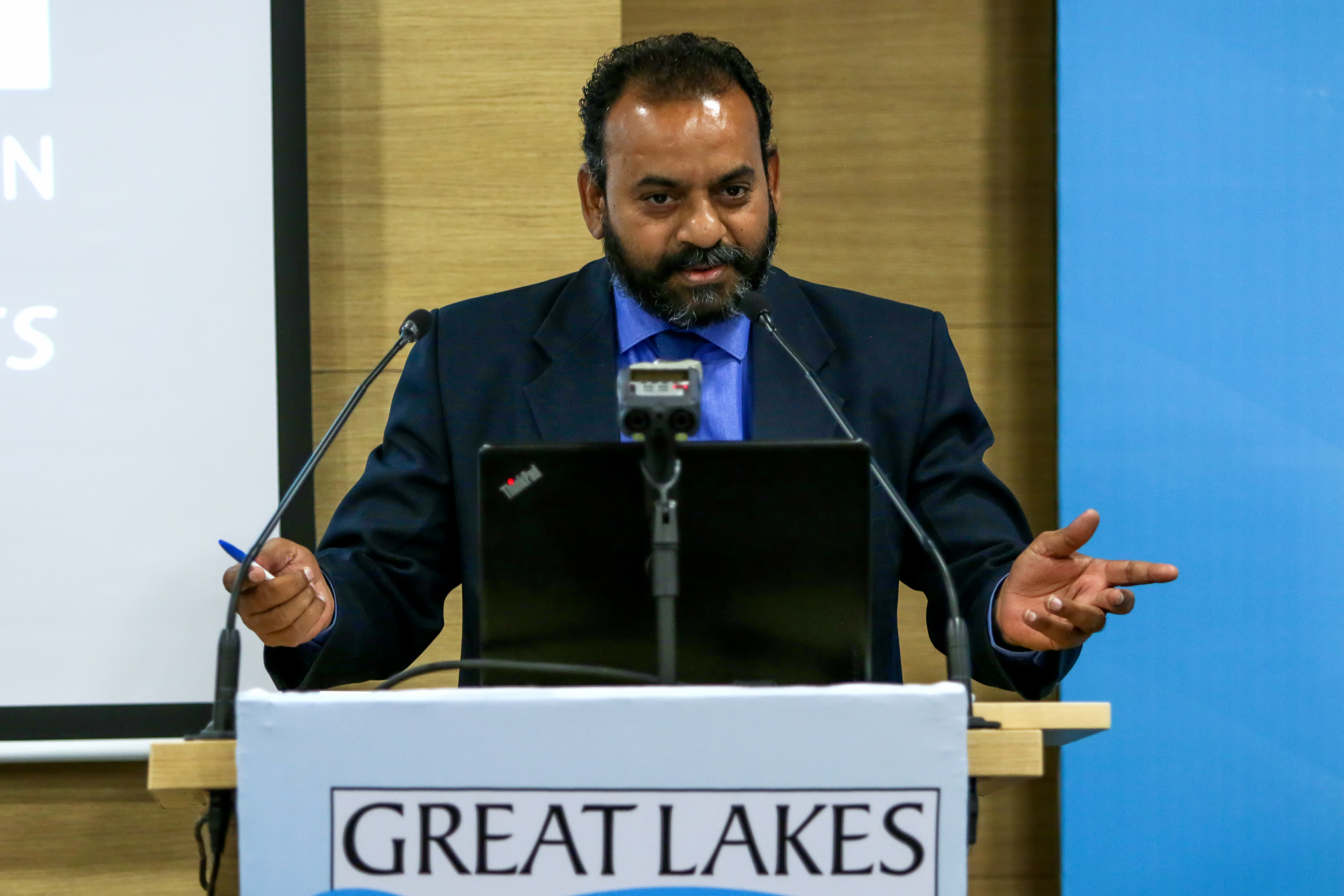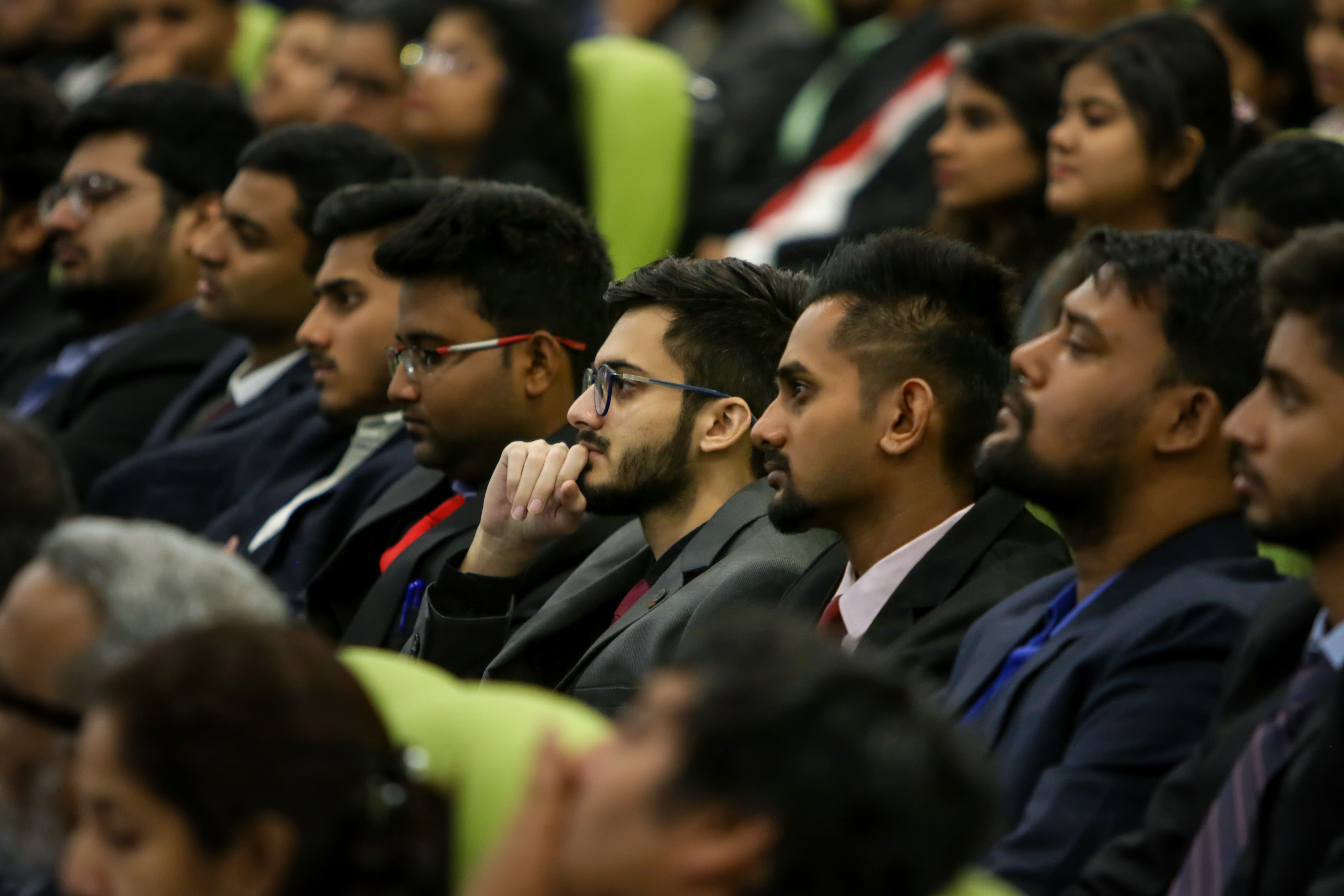Internet business has definitely altered the way we shop but internet retailing will keep existing along with Brick and Mortar shops in future. Yes, “along with it”, as people will always have socializing needs as well as convenience of shopping online. I predict that brick and mortar shops will soon convert into something like life-style-shops, where people will come to have socializing time in an ambience and environment that will allow them spend quality time along with shopping goods with confidence of touch and feel. For example, there might be Mid-size or large cafes having a small-boutique store inside with a classy-touch so that women can shop while their husbands can sit down, sip a cup of exotic coffee or play games on a play station (A large-scale existing model of this is malls with shopping stores along with food and gaming stores; such models may change but will not erode away) and socialize with other people around in many ways. There can be ways to incentivize customers to socialize, network with people and refer their “experience” further; this can induce exponential demand. The whole idea is about creating user-experience because people don’t just buy products/services now…. they buy experience, whether its offline or online.

I would be delving into the internet retailing business in India to see if it’s another bubble-burst in making, more so for the top-three players that claim 70% of the market share in India viz. Amazon, Flipkart & Snapdeal and analyze who stand to win. Among these three Amazon seems to be pacing much faster than other two. Each E-retailing company has its own strategy to increase its market share; What would help them to win would be business fundamentals rather than winning the “who-has-better-valuation-race” (based on some model, matrices and cash-flows in future….blah..blah …blah) While they are doing everything from price-slashing-discounts, Faster Delivery, exclusive tie-ups with brands, acquisitions to even backward integration in supply chain, the consumer is clearly able to get a different experience with every new move. Valuations can be subjective, over-optimistic or even completely off-the-track; what I would want to look at is whether this is again a bubble-bust scenario or is there some stability or sanity shaping in the online-retailing industry mostly driven by Amazon, Flipkart and Snapdeal.
As per industry report from various sources collated by Brand equity forum, Indian Retail Market is poised to grow at 12% per annum to about US$ 1 Trillion till year 2020 from US$ 600 billion in year 2015. Out of this B2C E-commerce is expected to reach US$ 102 billion by 2020 and US$ 220 billion (in terms of Gross Merchandise Value) and 530 million shoppers by 2025. Overall E-commerce market is expected to reach US$ 120 billion by 2020 supported by faster internet speeds and faster adoption of internet services along with increase in app-based customer base.

Brand equity
I strongly believe that any business proposition has to comply to established economic theories; Like how a country cannot keep printing its own currency at will, without substantial products, services & other fundamentals in the economy to back it up, any business also cannot be ascribed a value/assessed without strong fundamentals, products & services to back it up. Brand equity reflects a lot of these parameters as it also covers the perceived confidence of sellers and buyers. While recognition of a Brand as a performing brand, increasing market share and price inelasticity reflect a lot about brand equity, Online retailing industry is not yet in a price controlling position (Can’t raise their margins, they don’t have any for that matter).
a) Customer’s Side

In B2C online retailing, Amazon has steadily increased its market share and has captured more than 1/3rd of the market-share, whereas Flipkart and Snapdeal combined have nearly 40% market share. If we talk about most used apps the numbers are still high for Flipkart at 34% along with 11% for Myntra and 6% of Jabong that it already owns. Amazon is installed on 21% of the mobile devices, whereas snapdeal on 16%. Noticeably Amazon seems to have picked up at the app-installation figures since November 2015, the time when Flipkart decided upon the strategy to provide mobile-friendly site for direct browsing rather than from app.

b) Seller’s Side
An important point that I would make is that assessment of any online retailer from sellers’s point is as important as it is from customer’s perspective. As per the results from a study (Neilsen’s E-commerce Sellers study Q1 2016-Jan-March) highlighted by Business Standard, starting point to assess the brand equity is the brand-recall for most sellers (Amazon-25%, Flipkart-21%, Snapdeal-20%), second is the overall awareness (Amazon-86%, Flipkart-82%, Snapdeal-20%.). Providing a favorable platform to sellers increases the brand equity of an online retailer manifolds.
Fundamentals
Tracxn Technologies Pvt. Ltd. Has its own list of Deadpool companies (online business) in India and has its own matrices (like shrinking team size, , suspended operations and decline in user traffic) to list them. This approach seems logical when we look at recent failures in e-commerce business like askmebazaar that suspended its operations due to lack of funds/Cash and as reported, left 4000 employees jobless in August 2016 ,was looking out for a potential sell-out. There have been many dead and walking dead companies in the Deadpool list of Tracxn. Looking at recent sell out of Jabong at much lesser a price than valuation (giving rise to a terminology called Jabonged) and downfall of askme bazaar there are new rounds of discussion on e-commerce bubble.
So simply building an online business & burning cash to achieve figures that help you to make it saleable (be it Plan A or Plan B) is a “well-planned-scam” under the daylight, atleast for the stakeholders (Investors, debtors, vendors, employees…..well not customer… they just have to download another app and shop like a boss). Though finance is fungible and the money can be rolled but there has to be enough cash to be rolled. A business that was not started with intent to run & sustain on its own constructs rather than just the mercy and so called loyalty of its customers is a scam as somebody is going to lose sooner or later. Abidali Neemuchwala, new CEO of Wipro (although from a different industry) interestingly said, in an interview for Mint, “I am not afraid about falling Revenue or profitability, I am excited about profitable growth, we will not buy revenue by sacrificing margins”. Most of the internet businesses focus on growth, expansion, revenues and await success that never happens. Simply put the business has to generate its own cash from margins. On contrary all online retailing companies (taken in this write-up) have negative profits.
In case of internet retailing there are lines of products mostly common across all companies (only Snapdeal, Flipkart & Amazon in this write-up) whereas services, value proposition & operations would definitely vary as per their own common or mutually exclusive strategies because each one of them is trying to differentiate & win maximum market share whether it is volumes, Revenues, Product segments etc. So to have a pulse of the industry and see which company is going which direction, we should look for their past & present operations as well as current strategies that have futuristic approach or scope for profits as well.
FLIPKART
- Flipkart has acquired Myntra and Jabong that have already been leaders in apparel retailing and it is going for strong private brand tie-ups (like how Myntra’s 25% revenue comes through Roadster, Mast & Harbour and Dressberry). HRX by Hrithik Roshan is a lifestyle & sports clothing brand (and some accessories) which is soon going to tie up with Flipkart (Flipkart is targeting the majority stake)
- As per a report by A.T. Kearney and Google; fashion is expected to be dominantly, the largest product category in online retailing by 2020. Fashion segment offers much fatter margins viz a viz books and electronics and in fashion, private brand tie-ups reap larger margins than third party.
- Flipkart is much ahead than everybody else when it comes to fashion segment (with 12 private brands of Myntra). As per a commentary by EY, having private brand tie-ups helps a company learn about merchandising and branding giving them better negotiation power with external brands. Flipkart is aggressively trying to improve in this segment as it offers fat margins and may help them become profitable.
AMAZON
- Amazon is consistently improving on Revenue and market share and surpassed Flipkart in gross sales in July
- Amazon is catching up well in Smartphone segment with Flipkart while it is already a leader in book sales.
- Amazon is coming up with its fulfillment centers in Chennai, Coimbatore, Delhi, Jaipur and Mumbai with a total of 5.5 Million square feet storage space (adding to 2.5 million sq-ft. already existing over 21 centers in various states in Gujarat, Haryana, Rajasthan, Delhi, Punjab, Karnataka, Rajasthan, Tamilnadu, Telangana, West Bengal) for sellers which shall bring down their fixed costs. This strategy as per my opinion is going to have double impact for Amazon as it will get products at real lower rates (bringing down storage/logistics cost for sellers, also building closer association with them-80% of sellers on amazon use its fulfillment service) and consumers will keep getting lower rates on Amazon with faster delivery (two important factors in user experience). This strategy will have a strong backward integration advantage and strong geographical hold across India in supply chain.
- Amazon Prime is a paid service that gives customer a faster delivery (1 or 2 days). This has seen success in US and other markets. But Indian consumers want more than just the faster delivery. However even a small part of the 50 million user base can be enough to give benefits.
- Fulfillment center and Amazon Prime combined can help Amazon do away with discounts. Any company that can build a strategy around this idea will eventually see the sustainable success (profitable growth). Amazon seems to have taken a formidable position.
- AmazonBasics (by cloudtail India pvt. Ltd.) brand selling headphones, charging cables, bags and various other accessories contributes more than 40% of its business and is set to expand it substantially this year (2016)
- Have aggressive plans in private label offering in electronics accessories, groceries and fashion segments. If this happens they can take Flipkart head-on.
SNAPDEAL
- While GMV (Gross Merchandise Value-Value of goods sold on an online-marketplace company) has remained a dominant metric to monitor the growth, Snapdeal-CEO, Kunal Bahl said Snapdeal is focusing on net revenue rather than GMV. It has cut down discounts and cost of advertisements; helps fight cash-crunch situation.
- Snapdeal has diversified portfolio wherein it has FreeCharge (mobile recharge), Shopo, Vulcan, Gojavas, Rupee power (online financial services platform), exclusively (luxury ecommerce site) etc. in its basket.
- Shopo is a market place for sellers of handicraft products (with zero-commission in revenue, just a fee). It has seen good amount of success with one lakh sellers onboard in just nine months. Shopo can be a promising online shop for small businesses with logistics (connects to logistics companies) and payments tools (freecharge) embedded.
- Vulcanexpress and Gojavas were conceptualized by snapdeal to compete with its rivals flipkart and Amazon as having in-house logistics is more economical for marketplace companies (it makes logistics reliable & scalable) but snapdeal was late to do this and has faced problems with these two ventures.
- Freecharge has much younger customer-base 18 to 25 years (age-bracket), with 10 million app-install-base. Snapdeal has a app-install-base of 20 million and its customers belong to 25 to 35 years age-bracket.
- While Snapdeal seems to have taken a diversified approach, success is yet to be seen in these ventures as well and focus will be shared on all such ventures, whereas its rivals are focusing to improvise on lesser diversified models.
Conclusion

The financials available for the online-retailing companies (on public forums and platforms) do not give a veritable insight. However, I have tried to track the fundamentals and strategies being followed by the major players in the industry. While Amazon and Flipkart seem to have taken the formidable position of top-two players over last one year, Snapdeal despite its move to focus on profitable growth, is losing market share and its strategy doesn’t seem too focused. Snapdeal is trying to grab everything it can, Flipkart is much focused on its most profitable segment, Amazon has a sound approach of wooing both customers and sellers on its market place and is working towards weaning off the discounts. My personal opinion is that Amazon and Flipkart can be the last survivors with profitable growth. Snapdeal and other players may lose the game. It’s a boom-bust situation for everybody else than Amazon and Flipkart.
Disclaimer: This study is based on use of data from private company database, newspaper articles and internet-trends. The data collated through different sources like “similarweb” etc. have been duly credited to and are indicative in nature. The author doesn’t claim any ownership or the veracity of figures mentioned. The ideas that have been borrowed have been duly credited and other self-proposed ideas are inconsequential and meant only for the academic-engagements of the institute.
Author : Gaurav Chauhan
Senior Research Fellow, Great Lakes




